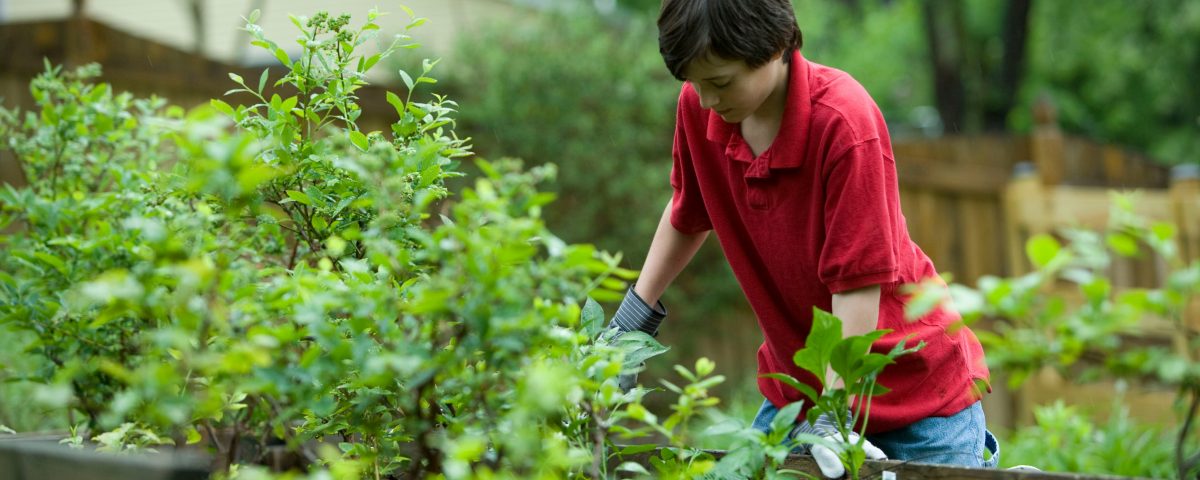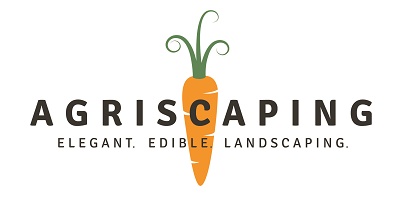Teaching Children How to Garden

Teaching Children How to Garden
Stay at home orders or directives is now the norm in 42 of the 50 states in America. Schools and daycare centers are closed down and those with special needs are unable to get much-needed respite help. Many parents are wondering what they can teach their children, keep them busy, and create a peaceful atmosphere.
Gardening and interacting with nature have been shown to actively improve both mental and physical health.
Teaching your children about gardening may seem overwhelming. However, by taking a simple approach children learn and can understand the basics and become excited and passionate gardeners. Because children are naturally curious, they learn quickly different tasks and then receive satisfaction from repeating those same tasks successfully. They want to learn about the world in a hands-on environment.
The following are three simple steps to help teach gardening to children:
1. With teaching gardening, start small. Don’t feel like you need to have a large garden. In fact, you can even set aside a small part of another garden as theirs to maintain. A small garden is easier to maintain and not as overwhelming as a larger garden area. In addition, they will see rapidly.
2. Make sure you have the right tools for them to use. It is frustrating to a child to use tools that are too large for them to effectively use, or for them to realize there is a better way to do an assigned task. Explain to them what the tool’s purpose is and how to use it properly.
3. Reward those you teach as often as you can. The best reward is the joy of seeing what they helped to grow - including food from what they have cultivated. Point out progress by watching the growth daily. Ensure that you also reward failures appropriately when there is effort. Showing what the end result should be by purchasing produce from a store and then re-trying is a great way to motivate.
Children should feel empowered when learning to garden. Ask them for ideas on how to improve your own gardening methods that may work. This also allows for you to explain why the world works the way it does and broadens their horizons.
For teaching adults with disabilities, ensure that you adapt gardening to their situation. Taller raised beds, indoor gardens and porch gardening may work best.
To find out what webinars or live classes are available for free click here!

